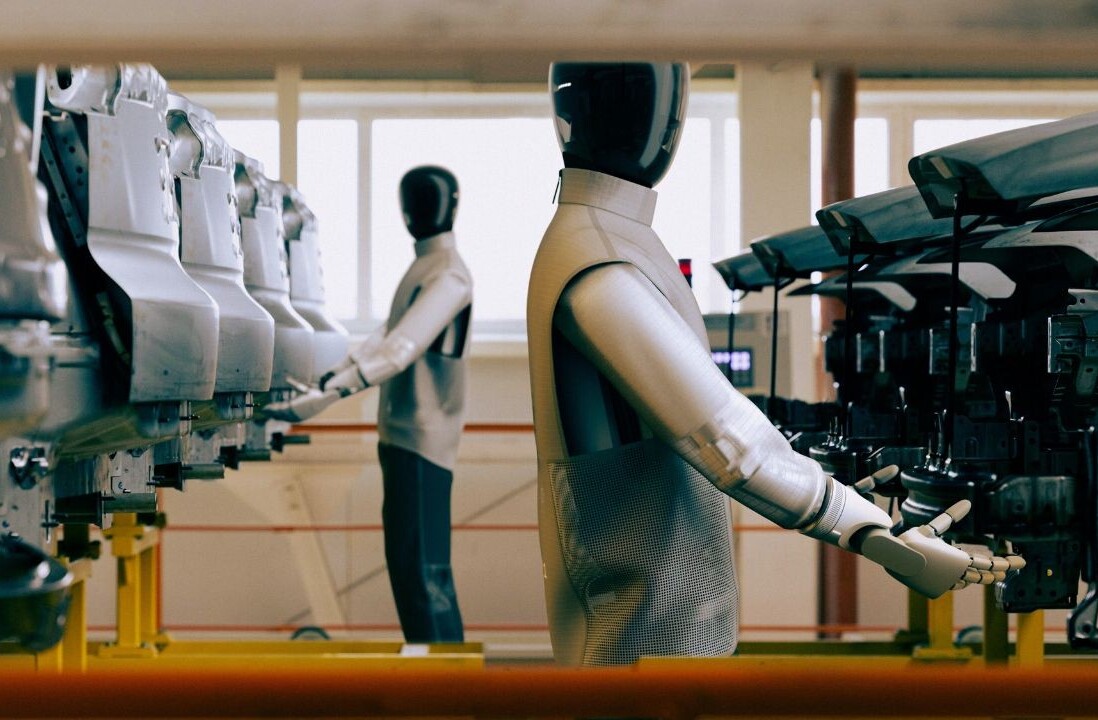Computer scientists from the University of Copenhagen are using AI to calculate which coronavirus patients need ventilators and intensive care.
The system will help doctors identify the symptoms that seriously ill patients have in common. Hospitals could use the insights provided by the AI to work how many patients will need a ventilator at specific times in the future, and plan their resources accordingly.
“We are aware of certain things that increase risk, such as age, smoking, asthma and heart problems, but there are other factors involved,” said Espen Solem, the chief physician of Denmark’s Bispebjerg and Frederiksberg Hospitals.
[Read: Claims that AI detects coronavirus in X-rays aren’t convincing medical experts]
“After all, we hear about young people who end up on ventilators, and older people who do well without understanding why. So let’s get the computer to find patterns that we aren’t able to see ourselves.”
How the system works
People with coronavirus have displayed a wide range of symptoms. This means the system needs to process a vast amount of data to understand what leads to severe cases of the infection.
First, it will analyze X-rays, tests, health records, and measurements of people who have already finished treatment to identify the traits they have in common. They’ll then collect the same data from newly hospitalized patients.
All of this data will be fed to a supercomputer, which will tell doctors when a new patient will need a ventilator.
The researchers aim to launch the system during this initial wave of coronavirus infections. If it’s not ready by the time that ends, they’ll use it the second wave, which they expect to hit Denmark in the fall.
Similar systems are already being developed in China. With governments struggling to find enough ventilators to meet the growing demand, they could provide a bit of extra room in overstretched hospitals around the world.
Get the TNW newsletter
Get the most important tech news in your inbox each week.





